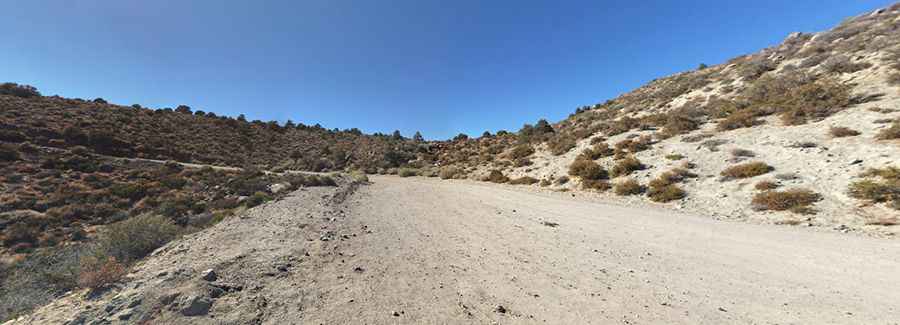Hunter Mountain is a Most Tricky Scenic Drive in Death Valley NP
Hunter Mountain is a high mountain pass at an elevation of 2,185m (7,168ft) above sea level located in Inyo County, in the US state of California. It’s one of the challenging Backcountry roads in Death Valley National Park.

Where is Hunter Mountain?
Located in the eastern central part of California, between the Sierra Nevada mountains and the state of Nevada, the drive will take you to some of the most remote and extraordinary parts of northwestern Death Valley.
How long is the road to Hunter Mountain in CA?
Situated in the desolate northern section of Death Valley National Park, the road to the summit is unpaved and known as Hunter Mountain Road. It spans 17.21km (10.7 miles) and requires a 4x4 vehicle.
Is the Hunter Mountain road in Death Valley NP challenging?
Driving along this road, you’ll encounter loose rock, washes, and quite a bit of washboard. Nevertheless, the drive is enjoyable, and the terrain varies significantly once you leave the valley below. The route is unmaintained and extremely bumpy at times, with dirt all the way and numerous "standard" off-road challenges. Be cautious of narrow spots, steep inclines/declines, sharp drop-offs, possible soft sand, and large boulders in the wash areas. To prevent accidents, adhere to speed limits, shift to a lower gear on steep downhill grades, and wear your seatbelt.
How should you prepare before driving Hunter Mountain Road?
Prior to embarking on the journey, please avoid entering mine tunnels or shafts, as they may present risks such as instability, hidden shafts, pockets of bad air, and poisonous gas. Hikers, backpackers, and four-wheelers should ensure self-reliance and adequate preparation, including planning ahead, carrying detailed maps, and informing someone of their itinerary. Backpackers are advised to obtain a free backcountry permit from any visitor center. In case of emergencies, dial 911 from any telephone or cell phone, although be aware that cell phones may not function in certain areas of the park. Exercise caution and refrain from placing hands or feet where visibility is limited, as rattlesnakes, scorpions, or black widow spiders may inhabit such areas. Avoid traversing canyons during rainstorms and be prepared to relocate to higher ground if necessary. While driving, remain vigilant for water flowing in washes and across road dips. For the latest updates on road conditions, please visit the Death Valley website at nps.gov/deva.
Is the road to Hunter Mountain in CA open?
During winter months, the route may become impassable. Depending on weather conditions, mud and/or snow may be encountered. Due to frequent flooding in the area, road conditions often vary throughout the park. There are absolutely no services along this route, so ensure you have adequate fuel and supplies.
Pic: Yaodong Jia